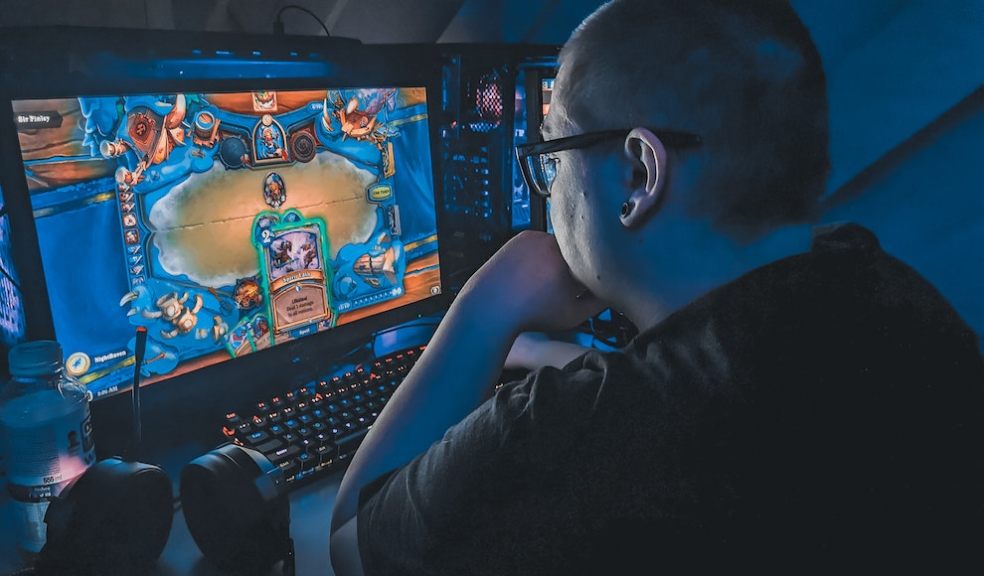
The Evolution of Interactive Entertainment
In the annals of history, the evolution of entertainment has been marked by remarkable innovations that have consistently defied the boundaries of imagination. From the dawn of cinema to the golden age of television, every era has witnessed a radical transformation in the ways we consume content. Today, we are at the precipice of another monumental shift. A wave of technological advancements is fostering an epoch of interactive experiences, replete with real-time rendering, artificial intelligence, and adaptive user interfaces that respond with precision to the unique predilections of each consumer.
Real-Time Rendering Revolution
As we wade deeper into the waters of this burgeoning era, the role of real-time rendering emerges as a formidable force shaping the aesthetics and allure of digital landscapes. Gone are the days when static images and mechanical animations dominated our screens. Today, the intricate dance of light and shadow, meticulously rendered in real-time, breathes life into pixels, making them exude an aura of realism hitherto unachieved.
Popular video game franchises, such as The Witcher and Red Dead Redemption, owe much of their mesmerizing allure to the sophisticated real-time rendering techniques that embellish every frame with intricate details. Every leaf, wave, and strand of hair is rendered with a precision that immerses the player in a world where the digital and physical realms seamlessly converge.
AI and Machine Learning’s Role in Personalized Entertainment
While visual prowess captivates the eyes, the silent yet profound influence of artificial intelligence (AI) and machine learning casts a spell on the personalized content tapestry we immerse ourselves in. Streaming platforms like Netflix and Spotify are not merely repositories of content but are morphing into intelligent entities that weave bespoke narratives for each user.
By analyzing a complex array of data, from viewing habits to pause and play patterns, these platforms unveil content curated to the minutest preferences of the audience. Every recommendation is a reflection of the intricate dance between algorithms and user behavior, making each interaction a unique, personalized experience.
Adaptive User Experiences: The Future of Engagement
As the symphony of interactive entertainment amplifies, adaptive user experiences take center stage. Audiences are no longer passive receptors of content. Each interaction, swipe, and click is a dialogue, a nuanced exchange that informs and molds the entertainment experience.
In this realm of personalized interaction, even the traditional bastions of entertainment are evolving. For instance, 32red casino play slots roulette and blackjack exemplifies a fusion where classic casino entertainment meets the dynamism of adaptive digital engagement. But this integration isn’t confined to the digital gaming sphere alone. It’s a universal wave of transformation affecting diverse sectors.
Media platforms are increasingly integrating features that enable users to mold their entertainment landscape. Whether it’s the adaptive audio environments sculpted by platforms like Audible, where the pace and tone of content respond to user preferences, or the interactive narratives unleashed by platforms like HBO, where viewers influence the storyline, adaptability is the new norm.

















